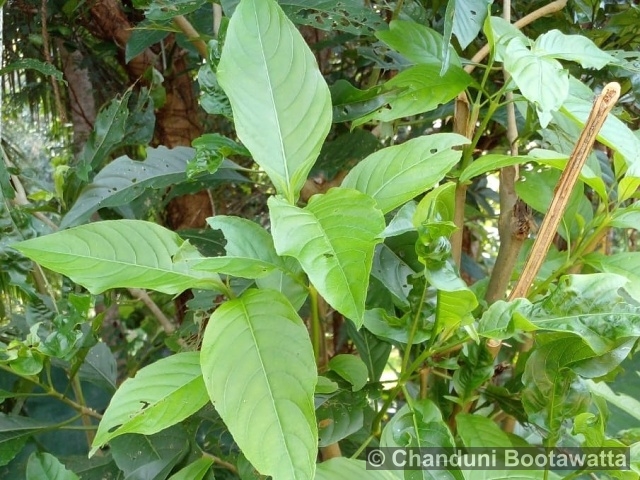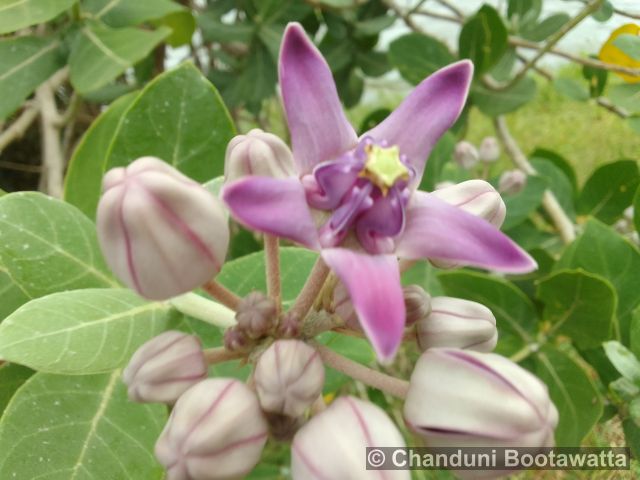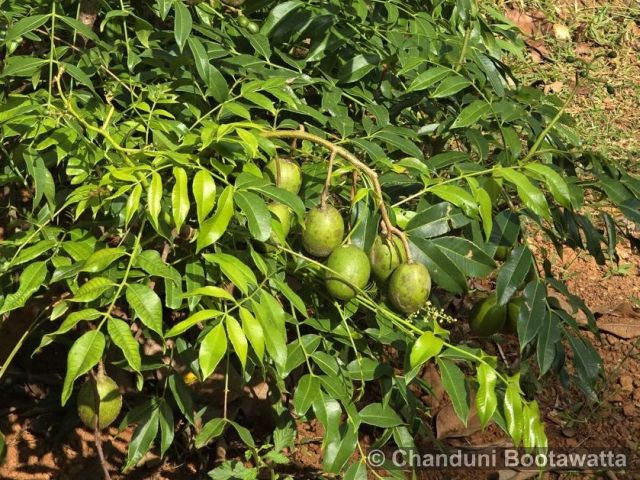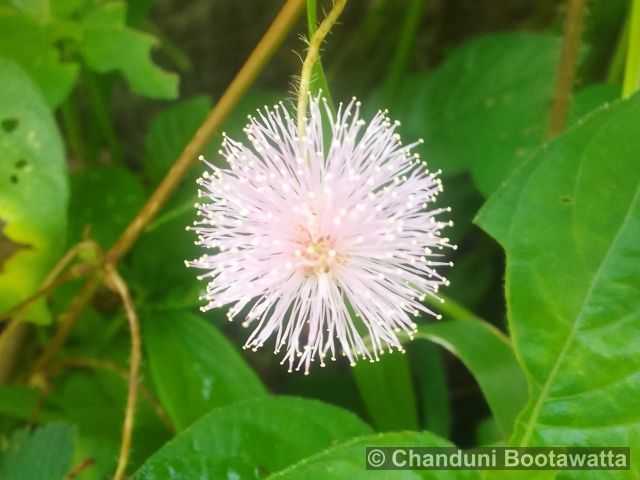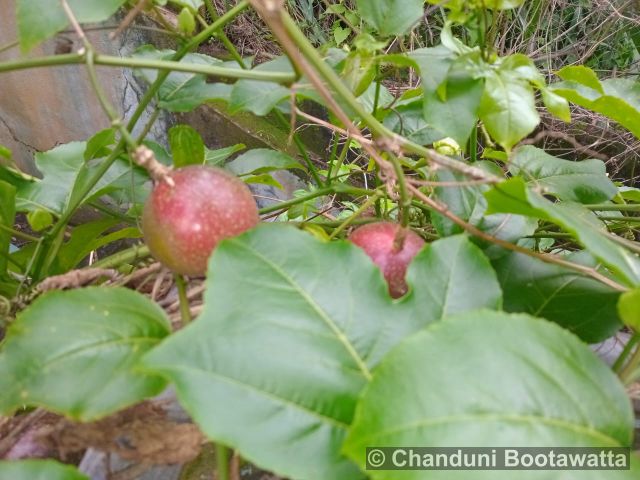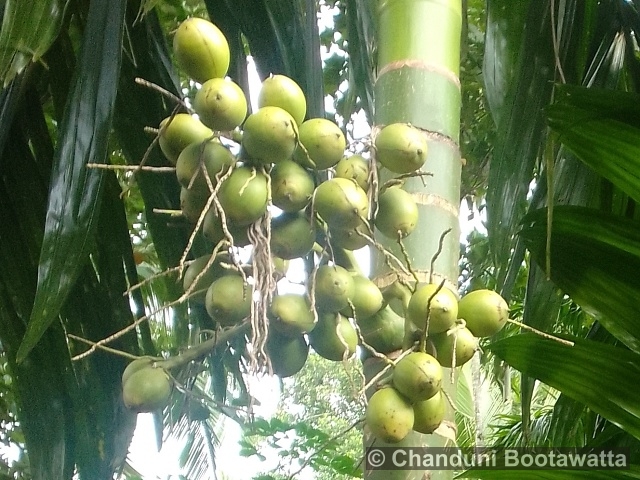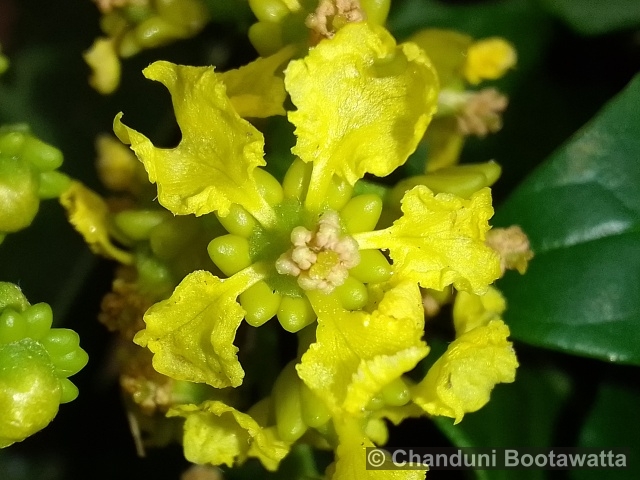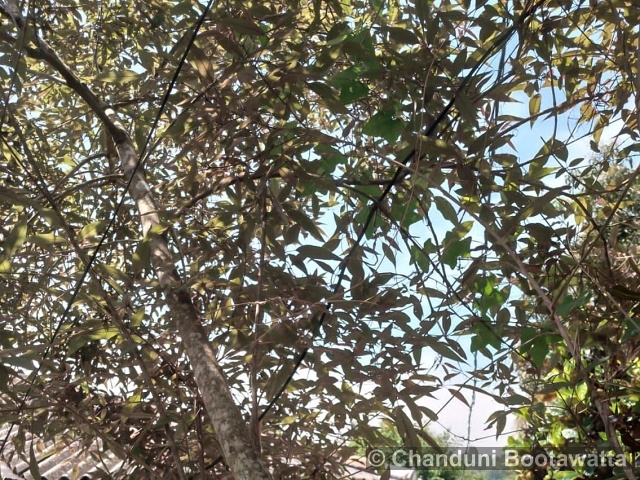Tento příspěvek byl přečten110krát!
Maguey cantala, Wild century plant, Kantala
Family : Asparagaceae

Description: It is characterized by its robust, sword-shaped leaves that grow in a rosette formation, featuring sharp spines along the edges. The plant produces tall flower stalks that can reach impressive heights, adorned with clusters of small yellow-green flowers. After flowering, Agave cantala typically dies, but it reproduces prolifically through offsets or „pups“ that grow around the base. Its fruits are small capsules containing numerous seeds. Its tough and fibrous leaves have been traditionally harvested for fiber, which is used to make ropes, mats, and textiles.
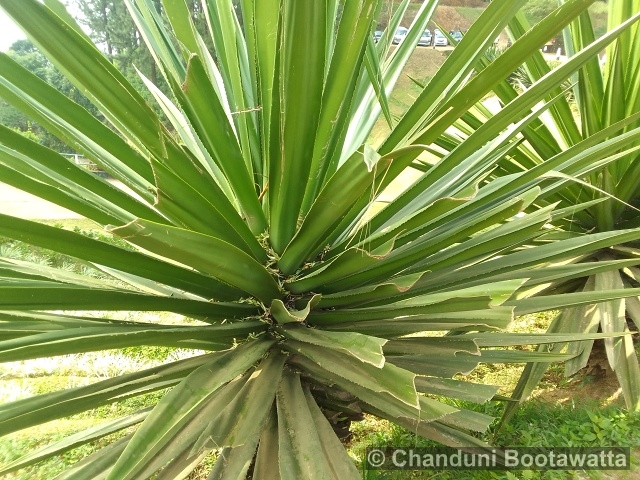

Substitutions: Agave americana (Century Plant): One of the most iconic species, known for its large, spiky leaves and tall flower stalk that blooms once in its lifetime. Agave tequilana (Blue Agave): Famous for being used in the production of tequila, this species has blue-green leaves and is cultivated primarily in Mexico. Agave sisalana (Sisal Agave): Valued for its strong fibers, which are used to produce sisal rope and other products. Agave victoriae-reginae (Queen Victoria Agave): Known for its striking symmetrical rosettes of stiff, dark green leaves with white markings, making it highly sought after by collectors.

Ecology: Agave cantala thrives in well-drained soil with ample sunlight and warm temperatures, ideally in semi-arid to arid environments.
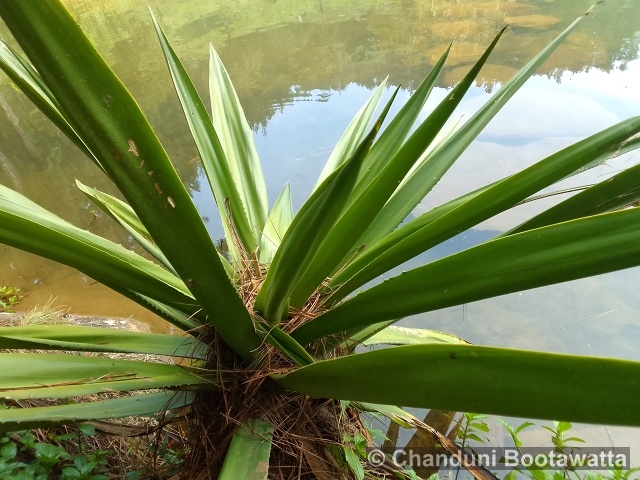
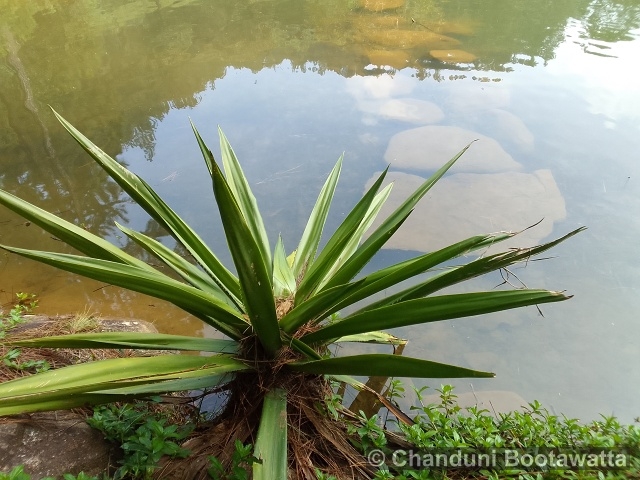
General Distribution: Agave cantala is native to Mexico and Central America, where it is found in various habitats ranging from semi-arid to tropical regions. Its distribution includes countries such as Mexico, Guatemala, El Salvador, Honduras, Nicaragua, and Costa Rica.
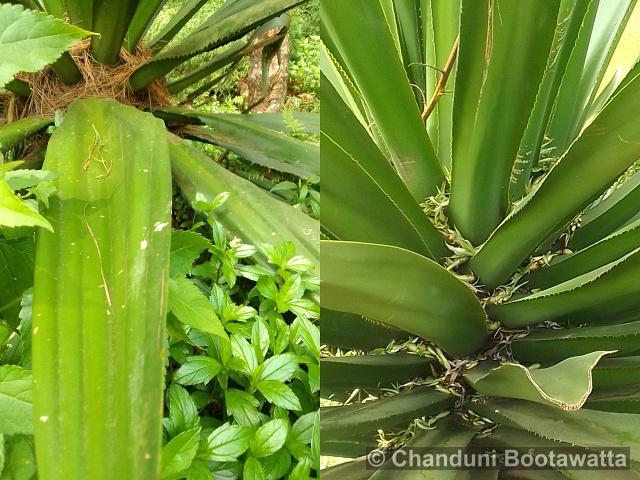

Author of text and photos: Chanduni Bootawatta.
Photographed in Sembuwatta, Sri Lanka on 14/01/2023.



 Poslat emailem
Poslat emailem